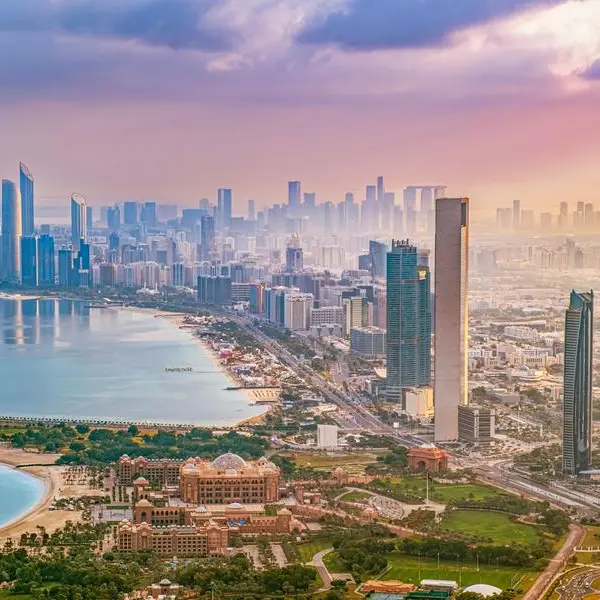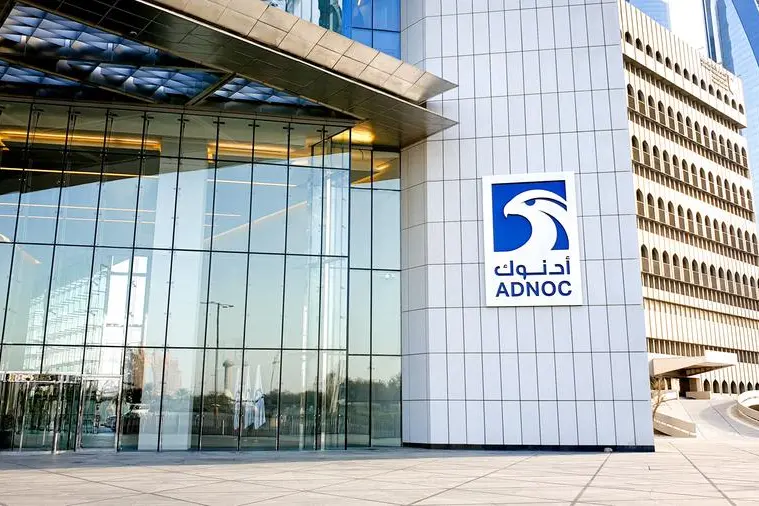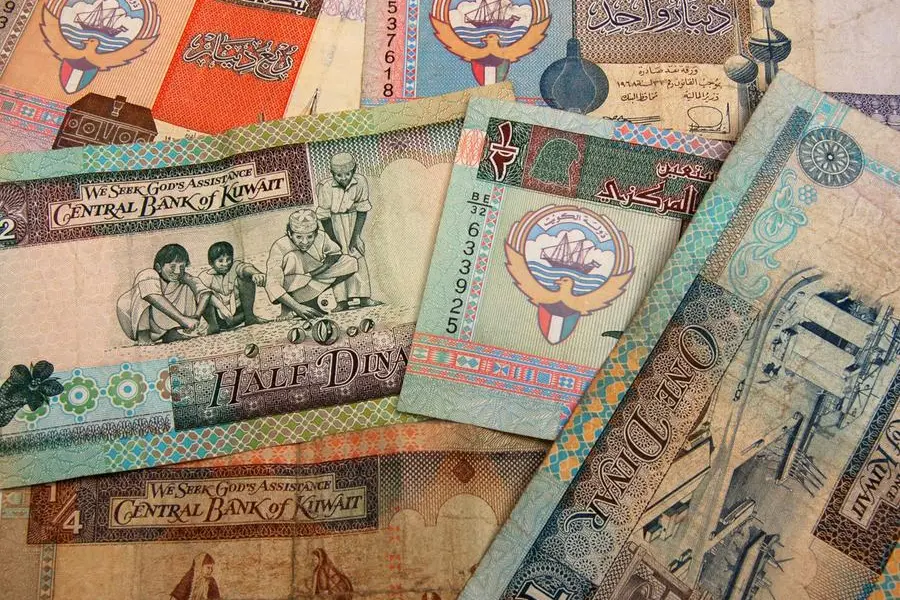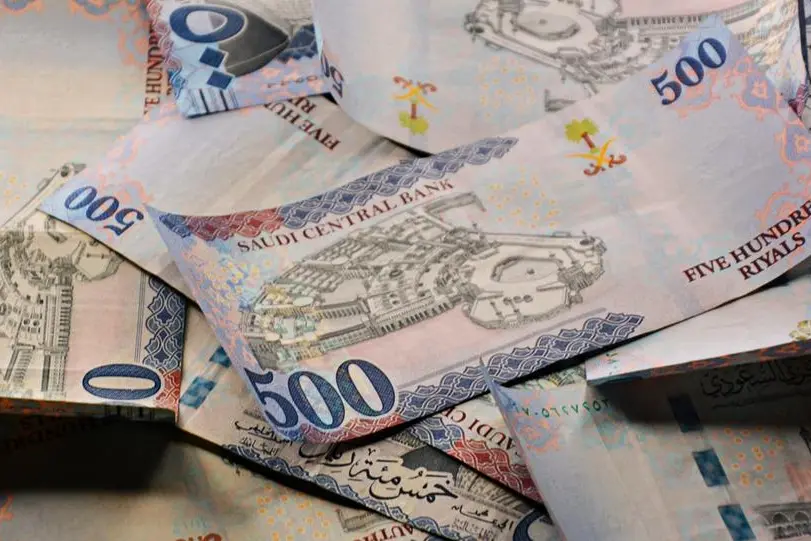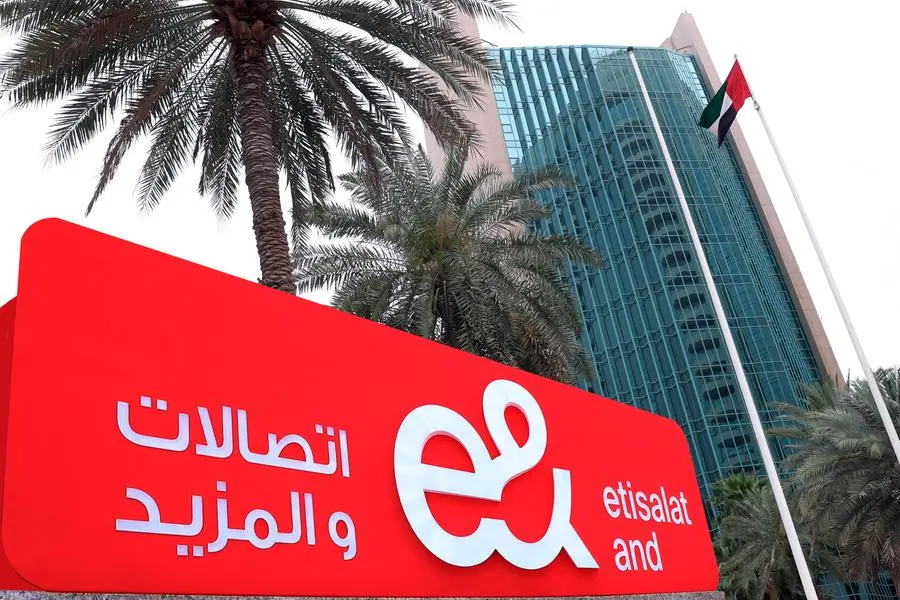27 July 2005
BEIRUT: Anyone in the Lebanese capital who has ever taken a taxi, ordered food for delivery, or asked for directions knows that when navigating the city of Beirut no piece of information is more useless than a street name. Trekking from one Beiruti neighborhood to the next is never a precise science of turning one way or another on specific streets but rather a loose art in, say, hooking left around a flower shop, passing a movie theater and a gas station, turning right at a bank, and stopping in front of a school opposite a vegetable stand. Ask a shopkeeper in Hamra for the way to Mahatma Gandhi Street, for example, and even if he has been operating a business on that exact street for 30 years, he will likely tsk and tell you it doesn't exist.
While there is a certain charm to the informality with which the citizens of Beirut circulate their city - and a certain intimacy inherent in the act of always asking for directions, exchanging niceties, and getting to know area residents through casual conversation - it can get annoying when one wants to get from point A to point B with relative ease and self-sufficiency.
Bahi Ghubril knows this all too well. Born in Beirut, Ghubril, now 34, has been living in London for the past two decades. He returns to Lebanon five or six times a year, he says, "And I drive. I drive everywhere." Ghubril likes to visit friends and see family members. He likes to entertain people at his parents' house in Rabieh. But he does not like to stop at six different gas stations to ask for six different sets of directions, many of which inevitably end up to be of dubious accuracy. He does not like to get stuck in traffic bottlenecked behind a lost driver hanging out his car window and begging for guidance from passing pedestrians. And he does not like the fact that while Rabieh may have a brilliant internal grid system no one can ever find it without making numerous frantic phone calls.
For 10 years, Ghubril has been stewing on the idea of making a comprehensive street index for Beirut, much like London's A to Z and Rome's Tutto Citta. For two years, he has been actively working to realize the project. Thirty municipality meetings, 85 square kilometers, 200 color-coded maps, and countless pavement pounding hours later, Ghubril is getting ready to publish his first edition of the "Beirut Street Directory."
Covering metropolitan Beirut from Bourj al-Barajneh in the south to Antelias and Naccache in the north, and from the sea to Baabda and Mansourieh toward the mountains, the "Beirut Street Directory" features page after page of detailed urban maps, all on a scale of 1 to 5,000, indicating streets, squares, agricultural areas, parking lots, construction sites, and landmarks both official (hospitals, universities, civic buildings) and unofficial (those places that have become well-known geographical markers through heavy colloquial reference and use).
Ghubril is printing 10,000 copies of the A5-size booklet. He has asked graphic design students at the Lebanese American University to compete for the cover art. He is hoping to make the street atlas available later this year at newsstands, kiosks, gas stations, and book stores. And he is angling to carve out loyal adherents to it among Lebanese returnees, foreigners living and working in Beirut, and young natives who are just learning to drive. Eventually, he hopes delivery boys and taxi drivers city-wide will use it as well.
"Most Beirutis over 40 don't believe they need it," he says. "But people who are starting to drive love [the idea] because it's like a treasure hunt."
Overall, Ghubril adds, "the Lebanese are interested in where they are relative to Beirut, in where things fall. It's nice visually to know your city."
What is perhaps most striking about Ghubril's project is that nobody assigned or commissioned him to do it. It wasn't a job; it was a labor of love, a long act of determination, maybe even an obsession.
Having worked for 10 years in finance before he returned to school to study acting two years ago, Ghubril has an affinity for independent projects. He has so far worked mostly with theatrical productions and this is his first foray into publishing. But he seems to have the marketing mettle and business bits to pull it off. That and a small dose of fearlessness.
Ghubril began with old maps of Beirut. He hit the streets on foot, by bicycle, and with a friend and a driver, checking the names against the old atlases. (Later he commissioned the Bourj Hammoud-based topographical firm GIS Transport Ltd. to create new maps based on satellite images. GIS could pick up any passageway wider than two meters. Ghubril would then visit the hazier areas himself to determine what was an alleyway, a blocked driveway, a makeshift garden, or a small street.) Invariably, this involved a lot of time loitering on street corners or climbing around looking for street signs under dense foliage, wild postings, and accumulated junk.
"People think you're weird wherever you are," notes Ghubril. But on his quest to commit all Beirut's street names to maps, people thought he was really weird. In other words, they thought he was a spy. On more than one occasion Ghubril was whisked away in an unmarked, window-tinted, bullet-proofed vehicle, taken to an undisclosed location, and questioned heavily. He had a letter of support and explanation from Lebanon's Tourism Ministry, but that didn't stop people from wanting to know exactly what he was up to, why, and for whom.
As such, Ghubril's project has coursed through the entirety of Lebanon's official bureaucracy, involving visits to the Tourism Ministry for the letter, the Interior Ministry for an ISBN number and the Economy and Trade Ministry to secure a copyright. He arranged meetings with 30 different municipality offices to go over his research and confirm his findings. "Some municipalities have excellent engineers," he says. "Some had no idea, no time, energy or will." In the end, Ghubril had to exclude from the atlas a few of the municipalities that were notably uncooperative.
What Ghubril discovered during the process was not only how things work bureaucratically in Lebanon but also how people live and govern their lives in real terms on the ground. Moreover, he learned how the city is assembled and laid out, and how movement through and around it is regulated. He also found that many of Beirut's streets do not have three official names (in Arabic, French, and English) as one might expect, but no official name at all. He discovered what is known to most in the neighborhood as Salon William Street in Dekwani (for the barber who has maintained a shop there for ages). He discovered great but entirely unknown and neglected names like Cleopatra Street in Ras Beirut. He discovered that there are Camille Chamoun Boulevards everywhere. He discovered that the new airport road is called Hafez al-Assad Avenue, the old airport road Khomeini Boulevard.
Ghubril looks down at his marked-up maps and scrunches his eyebrows together. He says he hopes to follow up his first edition with a second that relates the history of certain street names in detail. But what is clouding his expression now is the daunting realization that to keep even that first edition up to date is going to take serious effort in a city changing as fast and on as many political, social, economic, and geographic levels as Beirut.
The "Beirut Street Directory" will be published and made available throughout Beirut later this year. For more information, contact bahi@bahiworld.com




